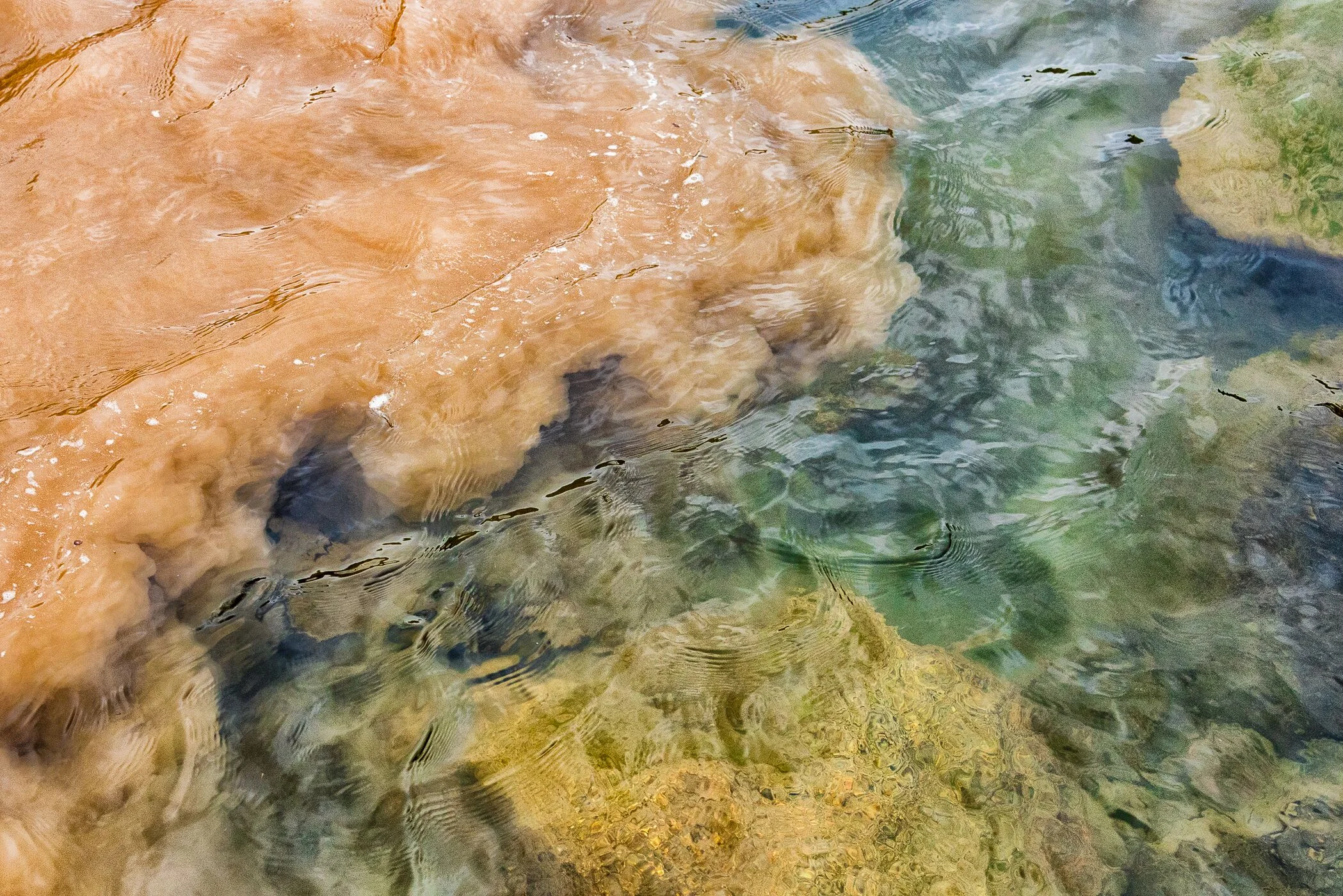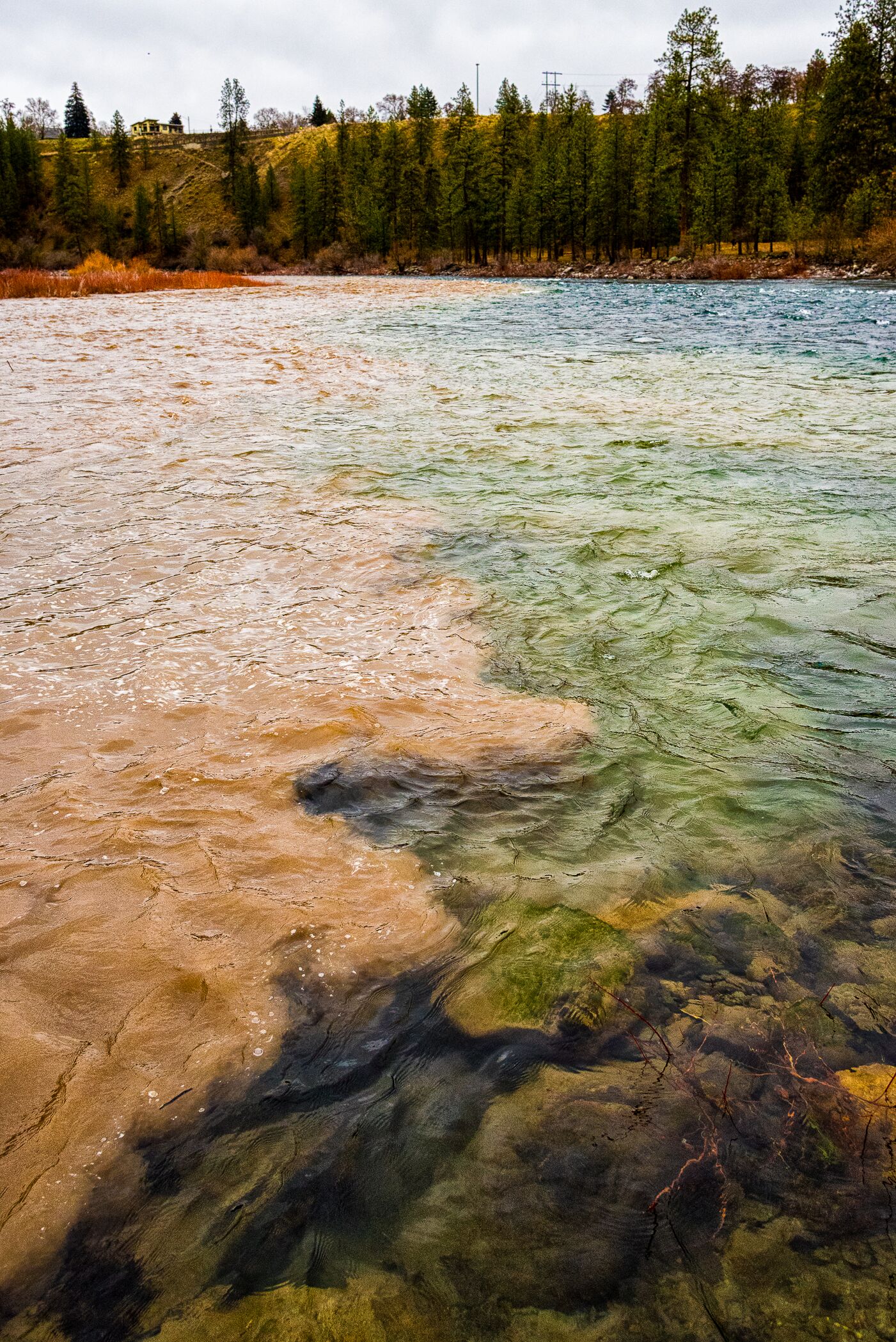Photos courtesy of Pescado Lago Studios - Bridge Mayfield Photography (Instagram and Facebook)
Under the Clean Water Act, all of the waters of the United States have Water Quality Standards (WQS) to protect them from pollution. These are standards that are designed as the amount of pollutant allowed in a water body. The Water Quality Standard guarantees the health, the safety, and usability by people and wildlife. These standards ensure that all of our waters are fishable and swimmable. In some cases this also includes drinkable. These WQS are the bedrock of river and water protection in our society.
Imagine a Water Quality Standard is like a recipe and a water body like a pumpkin pie (Sure! Why not). A pie that has just the right amount of salt is edible and great to eat after dinner. But put too much salt in that same pie and not even my dog will eat it. And if you don’t put enough sugar in the pie - it is ruined. Similarly, in a river, the WQS (like a recipe) defines the point at which water (or fish) is considered polluted, unsafe or degraded by various pollutants. If there is enough dissolved oxygen in the water, our fish are happy. Not enough (below 8 milligrams per liter) and aquatic life begins to suffer. To take the analogy further, some ingredients in a pie are natural, like sugar, salt or flour. In the correct amounts, they make the pie work for dessert. In the wrong amounts, though, they are like a pollutant. Chemical pollutants in our water, on the other hand, are analogous to additives or preservatives in our pie.
Natural substances like sediment, phosphorus or temperature are found in all rivers and nature at normal or background levels. So while these are technically not a pollutant, they are unsafe for rivers if found abnormally high or low levels – above or below the WQS.
There are standards for nutrients like phosphorus and ammonia and there are standards for serious synthetic, chemical pollutants that stick around in the food web for years: polychlorinated biphenyls (PCBs) and mercury, to name two. Each of these pollutants harm aquatic life and the food web in their own way. Nutrients change ecosystems by changing oxygen levels and Persistent Organic Pollutants (POPs) like PCBs can cause cancer or reproductive harm and they bio-accumulate in the food chain. In fact, these PCBs do not like water, but love to stick to animal fat. So the more you eat, the more PCBs get banked in the fatty tissues like the brain. If you are at the top of the food chain, you are accumulating many of these from eating fish that are lower on the food chain. Remember the sad story of the Resident Pod of Orcas in the Puget Sound. The toxins accumulating in the flesh of the Orca and other animals like fish have reached crisis proportions and are contributing to their debilitated and weak physical condition. LINK
In the Spokane River, the EPA over ruled a Washington rule which was much more lax. We now have a Water Quality Standard for PCBs of just 7 picograms per Liter which is 7 parts per quadrillion in the water column. That means anything over 7PG/L is considered polluted. The WQS is so darn tight because these PCBs accumulate in fish. It has been determined that to protect the person who eats 175 grams of fish a day, the water can have no more than 7 pg/L. Fish advisories are still in effect for much of our river due to PCB pollution. LINK.
Here at Spokane Riverkeeper, we understand that this this will be very tough standard to meet. But this is the law of the land and it is our responsibility to make sure all dischargers are accountable in getting our river clean. So clean that we can eat the fish without looking over our shoulders at fish advisory warnings. We owe this to the entire public, we owe this to the Spokane Tribe and Colville Tribes whose culture revolves around eating fish, to pregnant woman and children who are developmentally vulnerable, and we owe this to the river and the life it supports.
Sediment from Hangman Creek pollutes the Spokane River, burying fish nests and macroinvertebrates.


